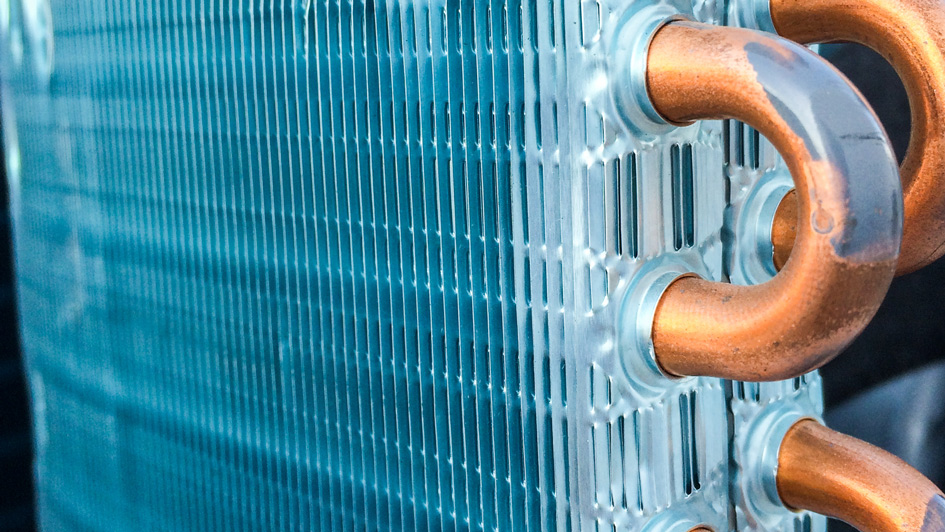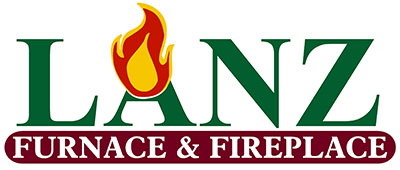
A furnace is usually a background player at home, helping keep you warm in the cold winter months. It often isn't noticed until something breaks down.
One cause could be that your furnace has a cracked heat exchanger. It can be a safety risk, so it’s critical to learn the evidence of a cracked heat exchanger and what to do if you believe that might be the problem.
What Is a Heat Exchanger in a Furnace?
A heat exchanger helps transition heat from the combustion chamber inside your furnace to the air that circulates throughout the ventilation. It generally handles this using coils or tubes that heat the air while functioning as a barrier to keep gas created in the combustion chamber, called flue gasses, from leaking out into your home.
Is a Cracked Heat Exchanger Dangerous?
Because of its central role, it shouldn't come as a surprise that a damaged heat exchanger can be hazardous. A crack in the heat exchanger can permit dangerous gasses – including carbon monoxide, which can be lethal – to flow through your home.
For obvious reasons, don't ever turn on your heating if you believe there's a crack in the heat exchanger, as letting it run could make your entire household sick. Call an HVAC professional immediately if you believe your heater has a cracked heat exchanger that needs to be repaired.
Four Signs of a Cracked Heat Exchanger:
- Furnace switches off: Cracks in the heat exchanger may cause your furnace to switch off.
- Odd Smells: If the air leaving your furnace has an intense chemical smell, it might be an indicator that gas is slipping through cracks in your heat exchanger. These byproducts, which may smell like formaldehyde, are a common warning sign.
- Carbon monoxide alarm initiates or you feel symptoms of poisoning: If a cracked heat exchanger is emitting carbon monoxide in your home, your carbon monoxide alarm may go off or household members could struggle with signs of carbon monoxide poisoning. Complications include headaches, dizziness, weakness, nausea, vomiting or feeling drowsy. If the alarm goes off or you feel unwell, leave the home immediately and then call for help.
- Soot: If you spot black sooty accumulating near the exterior of your furnace, it’s an indication something could be seriously wrong.
What You Can Do if Your Furnace Heat Exchanger is Cracked
If you worry your furnace has a cracked heat exchanger, contact a professional experienced in furnace installation Monroe as soon as possible so they can inspect your system and, if required, start a furnace heat exchanger replacement. Costs often vary depending on the situation, but estimates can roughly suggest $1,000 to $3,000.
Estimates aside, the good news is that heat exchangers are often covered by the warranty. It's a good idea to check the warranty paperwork on your furnace, since while the warranty might not cover the entire cost of repairs, it still may significantly shrink your bill.
How to Avoid a Cracked Heat Exchanger in Your Home
One of the easiest ways to avoid problems in your furnace overall is through regular furnace maintenance. Furnaces work the best when they work efficiently. Hiring a trained professional to inspect your furnace for old parts, clogged filters and other likely problems can help you avoid getting a big bill later on.
It’s also a good idea to take a look at your furnace filters every few months – it’s ideal some filters be changed every 90 days or sooner if they are dirty or grimy. While the filters are not part of the heat exchanger itself, the strain of pulling air through a clogged filter makes the entire furnace work more vigorously to do its job. And the harder your furnace has to work, the more deterioration components like the heat exchanger will sustain.


